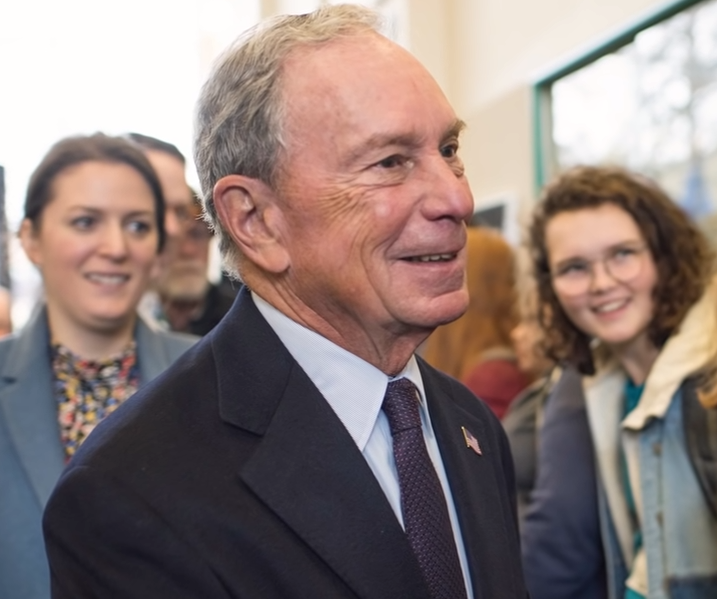Bloomberg-funded study finds illegal immigrant students make up 2% of all U.S. college students

With colleges and universities scrambling to find sources of revenue, administrators have turned to enrolling Chinese or Middle Eastern nationals and illegal immigrants in their institutions. A recent study found that about two-percent of all enrolled students in the United States do not have legal immigration status.
The study, published by the New American Economy and Presidents’ Alliance on Higher Education and Immigration, estimated that about 454,000 illegal immigrant students are enrolled in the United States. Other findings were that about less than half of the aforementioned students qualify for the Deferred Action for Childhood Arrivals (DACA) program, which would provide work authorization and prevent deportations. Currently, the DACA program is awaiting a decision by the U.S. Supreme Court on whether it can be terminated by President Donald Trump.
The New American Economy was founded by former New York City mayor Michael Bloomberg, who also had a brief presidential bid cut short in the Democratic Party primaries. It claimed to bring “together a bipartisan group of mayors” and business leaders to “raise awareness of the economic benefits of sensible immigration reform.”
The Presidents’ Alliance on Higher Education and Immigration is a group of university presidents who say they want to help increase “public understanding of how immigration policies and practices impact our students, campuses and communities.” The organization’s About page also noted that they support “policies and practices that create a welcoming environment for immigrant, undocumented and international students on our campuses.”
Considering that college and university enrollment is becoming increasingly expensive and debt-laden, higher education has an incentive to enroll illegal immigrants as students. By extension, higher education also has the incentive to keep DACA in place to keep their students enrolled in their institutions.
It is important to note that Trump announced DACA’s end in September 2017 and Congress has had almost three years to pass a bill including DACA provisions. Congress failed to act and did not reach a compromise, which led to the prolonged litigation and eventual appeal to the U.S. Supreme Court.
The study’s supporters reasoned that DACA should remain in place, legal questions notwithstanding, because the end of DACA would hurt illegal immigrants’ education. Some other findings from the study were that the majority of illegal immigrant students live in California, Florida, Illinois, New York, and Texas and that eighty-two-percent of these students are enrolled in either two-year or four-year public colleges and universities.




